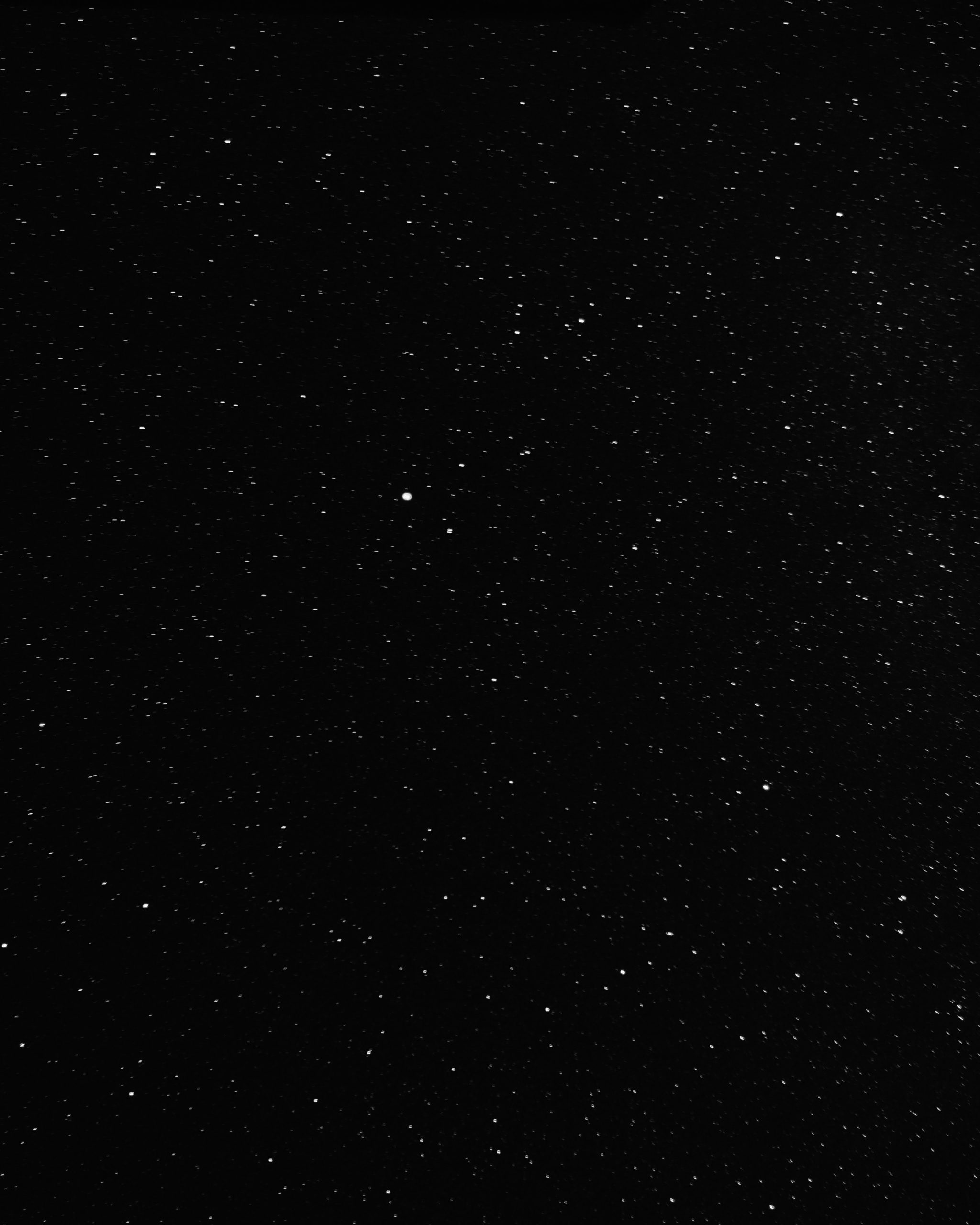The Crescent Moon Meaning in Islam: Symbolism, Significance, and Spiritual Interpretations
Islam is a religion that is rich in symbolism, with various elements carrying significant meanings and interpretations. One such symbol is the crescent moon, which holds profound importance within Islamic culture and spirituality. In this article, we will explore the meaning of the crescent moon in Islam, its symbolism, its historical significance, and its spiritual interpretations.
The Symbolism of the Crescent Moon
The crescent moon holds deep symbolic meaning in Islam and is widely associated with the faith. It is often depicted alongside a star, forming an emblem widely recognized as a symbol of Islam. The crescent moon represents a range of attributes, including growth, renewal, and spiritual awakening. It serves as a reminder of the cyclical nature of life and symbolizes the beginning of a new phase or journey.
The Historical Significance of the Crescent Moon
The use of the crescent moon as a symbol within Islam can be traced back to ancient times. Initially, the crescent moon was associated with various Middle Eastern civilizations, including the Sumerians, Babylonians, and Persians. These civilizations worshipped lunar deities and regarded the moon as a celestial force governing their lives.
When Islam emerged in the 7th century, the crescent moon symbol began to be adopted by the Muslim community. It is believed that the adoption of the crescent moon symbol was influenced by the pre-Islamic Arabian culture, where the moon was a prominent symbol associated with multiple deities.
The Crescent Moon and the Lunar Calendar
The crescent moon plays a crucial role in determining the beginning and end of Islamic months. The Islamic calendar is lunar-based, with each month beginning upon the sighting of the new crescent moon. This makes the crescent moon an essential tool in Islamic timekeeping and religious observances.
The sighting of the crescent moon is confirmed by trustworthy Muslim scholars, who rely on visual sightings or astronomical calculations to determine the start of each month. This practice has been carried on for centuries, preserving the connection between Muslims and the lunar cycle.
The Spiritual Interpretations of the Crescent Moon
Beyond its historical and cultural significance, the crescent moon holds spiritual interpretations within Islam. These interpretations are derived from Islamic texts, teachings, and the understandings of scholars throughout history. Here are a few spiritual interpretations associated with the crescent moon in Islam:
1. Symbol of Divine Presence
The crescent moon is seen by many Muslims as a symbol of the divine presence in the world. Just as the moon shines brightly in the darkness of the night, symbolizing hope and guidance, the divine presence is believed to illuminate the path of believers amidst the challenges and uncertainties of life.
2. Inspiration for Reflection and Contemplation
The cycle of the moon, from new moon to crescent to full moon and back again, mirrors the spiritual journey of individuals. The crescent moon symbolizes a constant process of renewal and growth, encouraging Muslims to reflect, contemplate, and strive for spiritual progress in their lives.
3. Reminder of Unity and Community
The crescent moon, often depicted alongside a star, is a symbol of unity and community in Islam. It emphasizes the importance of coming together as a collective, united by shared beliefs and values. This symbolism is particularly evident during the month of Ramadan, a time of fasting and communal worship.
4. Symbol of Faith and Protection
In some interpretations, the crescent moon is regarded as a symbol of faith and protection. It represents the divine guardianship and serves as a source of comfort and reassurance for the believers. It is believed that displaying or wearing a crescent moon symbol can bring blessings and protection from harm.
The Crescent Moon in Islamic Art
The crescent moon has been an integral part of Islamic art for centuries. It is commonly seen in calligraphy, architectural designs, and decorative motifs. Artistic representations of the crescent moon often reflect the diverse cultural influences found within the Islamic world.
Islamic art frequently combines the crescent moon symbol with geometric patterns, floral designs, and Arabic calligraphy. These artistic expressions not only serve as adornment but also convey deeper meanings and spiritual messages. The crescent moon’s presence in Islamic art further emphasizes its significance and lasting impact.
Conclusion
The crescent moon holds a prominent place within the symbolism, culture, and spirituality of Islam. Its rich historical significance, association with the lunar calendar, and spiritual interpretations make it a deeply revered symbol for Muslims around the world. Whether as a reminder of growth, a symbol of divine presence, or a representation of unity and faith, the crescent moon continues to carry profound meaning within the Islamic tradition.
Table of Contents
